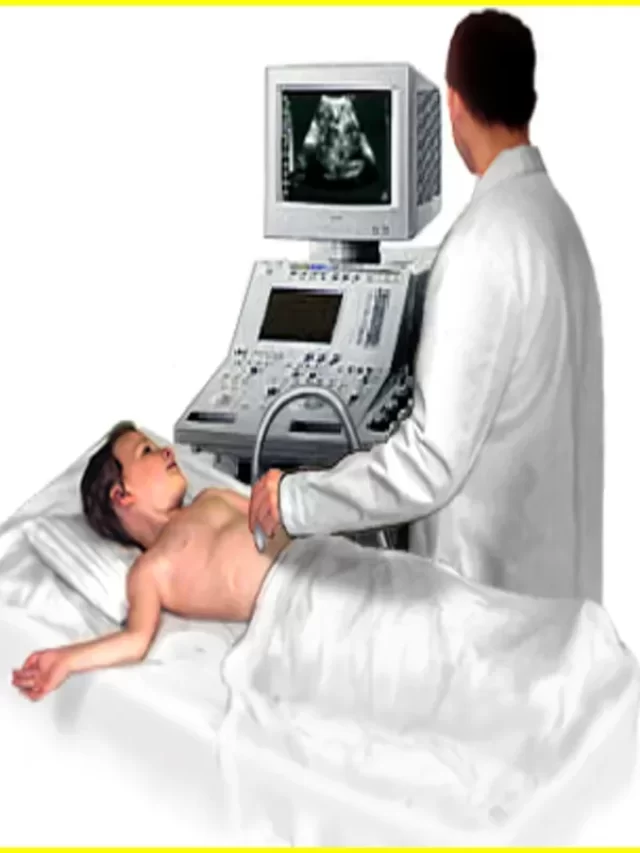How can you see live bacteria under microscope
This article is about how to identify and view bacteria under microscope. The first step is to stain them with a dye, or take a tissue culture containing the bacteria, grow it on an agar plate, take a smear, and repeat the process.
Bacteria under microscope/ Bacteria are tiny, unicellular organisms found in almost every environment on Earth. They vary widely in shape and size, and can be classified into three main groups: cocci (spherical), bacilli (rod-shaped), and spirilla (spiral-shaped). Most bacteria are harmless to humans, and some also provide beneficial services, such as aiding digestion or producing food and fuel. However, some bacteria can cause infections, which can lead to serious illnesses.
To see bacteria under a microscope, they must first be stained with a dye. This helps to make them visible against the background of a microscope slide. The most common type of dye used for this purpose is called a Gram stain. Gram staining is a differential staining technique that uses a primary stain (crystal violet) and a counterstain (safranin). The primary stain is applied first, followed by the counterstain. This process results in two distinct colors of bacteria: those that retain the primary stain (known as “Gram-positive”) and those that take up the counterstain (known as “Gram-negative”). ).
Once stained, it can be examined under low-power magnification to determine bacteria.
Do I need a Bacteria Under Microscope?
You might be wondering why anyone would want to look at bacteria through a microscope. After all, they are the little organisms that cause disease, right? Actually, bacteria come in all shapes and sizes and not all of them are harmful. Actually, many types of bacteria are necessary for our survival. Scientists use microscopes to study bacteria to learn more about how these organisms live and how they interact with their environment.
Seeing bacteria under a microscope can also be helpful in the diagnosis and treatment of diseases. For example, some types of bacteria can cause infections. By looking at the patient’s sample under a microscope, doctors can often identify the type of bacteria causing the infection and prescribe appropriate antibiotics.
So, do you need a microscope to see live bacteria? It’s up to you what you want to watch. If you just want to get a general idea of how the different types of bacteria look, you probably don’t need one. However, viewing bacteria under a microscope is essential if you want to study them in detail or diagnose an infection.
Article About:- Health & fitness
Article About:- Medical Technology
Article About:- IR News
Article About:-Amazon Product Review

What does a Bacteria Under Microscope do?
The Bacteria under microscope, A microscope is an instrument used to magnify objects. The first microscopes were compound microscopes, which used two lenses to magnify objects. The invention of the compound microscope is often attributed to Dutch spectacle maker Zacharias Janssen in 1590.
The term “microscope” was first used in 1625 by the Italian scientist Galileo Galilei. He used it to describe his observations of the structure of insects.
Today, there are many different types of microscopes, including electron microscopes and scanning probe microscopes. All microscopes work by using a lens to magnify an image. The level of magnification depends on the type of microscope being used.
Compound light microscopes are the most common type of microscope. They use a system of lenses and a light source to magnify an image. The level of magnification possible with a compound light microscope is limited by the wavelength of the light.
Electron microscopes use a beam of electrons instead of a beam of light to produce an image. This allows for a much higher degree of magnification than is possible with a compound light microscope. However, the electron microscope can only be used to observe dead or preserved specimens.
Scanning probe microscopes use a sharp tip that scans over a sample to produce an image. These instruments are capable of very high levels of magnification and can be used to view living specimens.
How can you stain bacteria?
Bacteria are very small, unicellular organisms that are found everywhere in the environment, including the human body. While most bacteria are harmless, some can cause disease.
One way to study bacteria is to stain them with dyes so that they can be seen more easily under a microscope. There are many different ways to stain bacteria, and each method reveals different structures or characteristics of the cells.
Gram staining is the most common type of bacterial staining or bacteria under microscope. It is used to classify bacteria into two groups: gram-positive and gram-negative. Gram-positive bacteria have a thick cell wall that retains the purple dye, while gram-negative bacteria have a thin cell wall that allows the dye to pass through.
Another common staining method is acid-fast staining, which is used to identify Mycobacterium tuberculosis, the bacterium that causes tuberculosis. Acid-fast bacteria have a waxy coating that resists bleaching by acid, so they appear red or pink when stained with carbol fuchsin dye.
Differential staining is a technique that uses two or more stains to reveal different structures within the same cell. For example, in capsule staining, a primary stain is used to stain all cells, and then a secondary stain is used to stain only cells that are surrounded by a capsule. This allows you to see which cells have capsules and which do not.
Types of Bacteria (gram negative, gram positive)
Bacteria are classified based on their gram stain results. Bacteria that retain the crystal violet dye during the Gram stain procedure are called Gram-positive bacteria. Those that take up the fuchsia colored safranin counterstain are called gram-negative bacteria. The difference in the retention of dyes is due to the difference in the structure of the cell wall of these two types of bacteria.
Gram-positive bacteria have a thick peptidoglycan layer in their cell wall, which helps them to retain the crystal violet dye. Gram-negative bacteria have a thin peptidoglycan layer and an outer membrane composed of lipids and proteins, which prevent the retention of crystal violet dye.
The thickness of the peptidoglycan layer also affects how these two types of bacteria appear when viewed under a microscope. Gram-positive bacteria often appear as purple or blue rods, while gram-negative bacteria usually appear as pink or red rods.
Finally, gram-positive and gram-negative bacteria differ in their ability to cause disease. Gram-positive bacteria are more susceptible to infection because their thick peptidoglycan layer protects them from many antibiotics. Infections with Gram-negative bacteria are less likely to occur, but may be more difficult to treat when they occur due to resistance to antibiotics.
Morphology of Bacteria
Bacteria are single-celled microorganisms that can be found in almost every environment on Earth. Although they are often associated with illness and disease, bacteria play an important role in ecosystems by breaking down organic matter and recycling nutrients. bacteria Under the microscope, bacteria appear as small, round or rod-shaped cells.
Bacteria come in a variety of shapes, including cocci (round), bacilli (rod-shaped), and spirilla (spiral). The shape of a bacterium is determined by its cell wall, which is made of peptidoglycan. Peptidoglycan is a molecule consisting of sugar and protein units cross-linked together. This structure gives the bacteria their shape and also protects them from predators and other environmental threats.
Bacteria reproduce by binary fission, a process in which a bacterium divides into two identical daughter cells. Binary fission occurs when a bacterial cell doubles its normal size and then divides into two equal halves. This process can happen very quickly, with some bacteria able to divide under the microscope every 20 minutes. As a result, a single bacterium can give rise to millions of offspring in a matter of hours.
Reproduction Cycle in Bacteria
Bacteria reproduce by a process called binary fission. In binary fission, the bacterium divides into two daughter cells, each of which has the same genetic material as the parent cell. The process of binary fission is relatively simple and can be completed in less than 20 minutes.
During binary fission, the bacterium first elongates until it is twice its normal length. The DNA then replicates, and the cell begins to shrink down the middle, forming two new cells. To see them, bacteria are used under a microscope. The cell then divides into two daughter cells, each with its own copy of the DNA. Finally, the cells divide their cytoplasm and cell walls evenly, forming two new bacteria that are identical to the parent cell. bacteria under microscope.
bacteria under microscope/ 100X-2000X Microscopes for Kids Students Adults, with Microscope Slides Set, Phone Adapter, Powerful Biological Microscopes for School Laboratory Home Education.
[High Magnification] WF25X eyepiece alone or with 2X lens, cooperate 4x 10x 40x objective lenses, biological microscopes offers 6 magnification settings, 100X, 250X, 1000X, 200X, 500X, 2000X. bacteria under microscope.
[Coarse and Fine Focus] Monocular Microscopes with solid metal frame and coarse/fine focusing knobs, ensures detail and precise focus adjustment, crate a image more clearer and sharper. bacteria under microscope.
[Dual Illumination System] Bacteria under microscope/ Top and bottom LED simultaneously brightfield, a 0.65 NA single-lens condenser with disc diaphragm, provide high-resolution color-corrected images. bacteria under microscope.
[Complete Accessories] Bacteria under microscope/ It comes with phone adapter, wire shutter, 10 operating accessories, 15pcs microscope slides set, carrying bag. Meet all your biological observation need. bacteria under microscope.




















